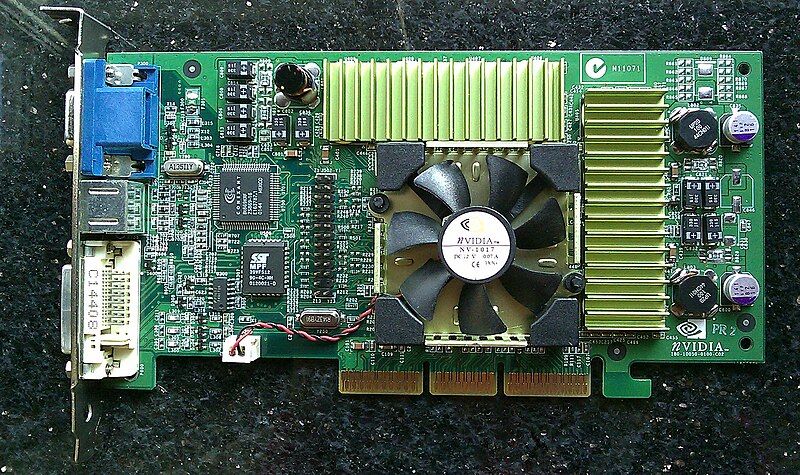^ Seems like a plan, though I hate for you to keep buying more parts in case the board is shorted where the cap burnt. I'd wait on the purchase until you see how the PCB held up.
I would first minimially clean the area, then desolder the capacitor, then thoroughly clean and examine the area, something that would have been easier if it wasn't black. Top black coating gone isn't a problem but molten or delaminated copper could determine if there should even be a new cap put back on (if the copper is lifting off then I'd either leave the cap off or super-glue the copper back down to put a new cap on), and ultimately any areas with bare copper would have lacquer, or epoxy, or even nail polish put over it instead of staying exposed, after soldering on the new cap if it gets one.
That area is a lot of thick copper, will need a good soldering iron. It'll probably be easier to start on the burnt end, may be able to just bend the other lead, the whole thing up while it is molten. If not, can work it up a little from each end, or a hot air station could heat both ends at once, or tweezers (type of iron).



